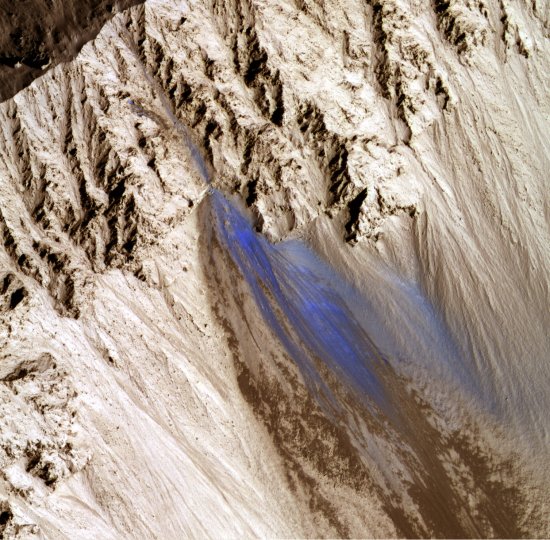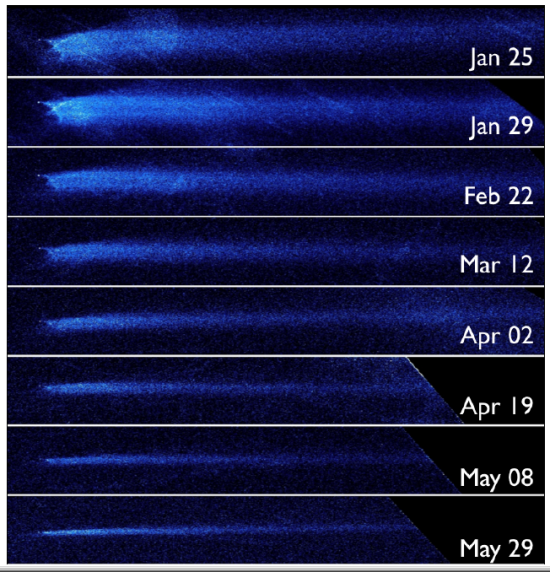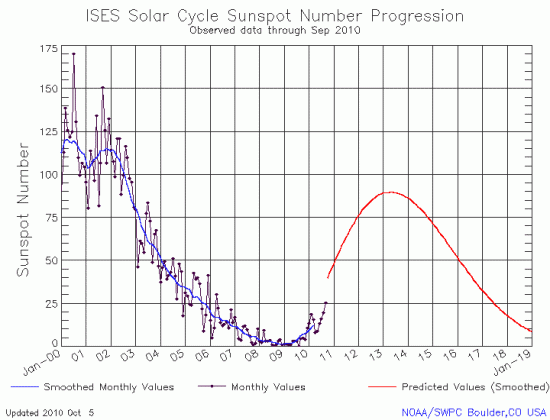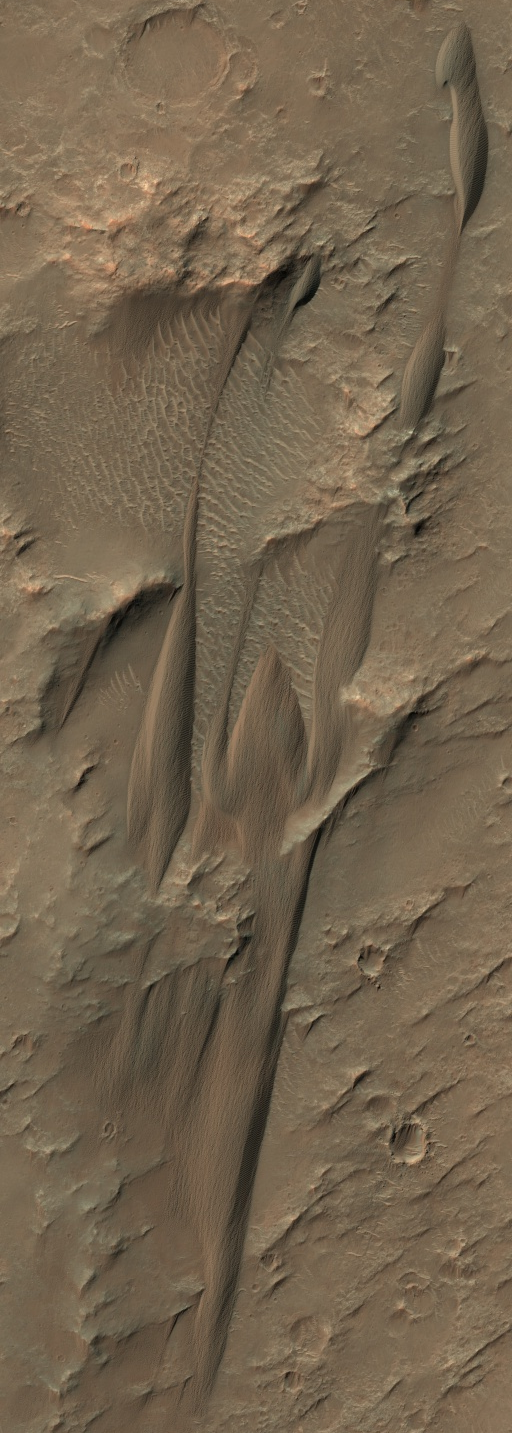UN treaty language threatens to ban all “climate-related geoengineering”
Treaty language being written at a United Nations conference on biodiversity is so vague it threatens to bar almost all new development. Here is the language, via Science:
8 (w) Ensure, in line and consistent with decision IX/16 C, on ocean
fertilisation and biodiversity and climate change, in the absence of science-based, global, transparent and effective control and regulatory mechanisms for geo-engineering, and in accordance with the precautionary approach and Article 14 of the Convention, that no climate-related geoengineering activities (1) that may affect biodiversity take place, until there is an adequate scientific basis on which to justify such activities and appropriate consideration of the associated risks for the environment and biodiversity and associated social, economic and cultural impacts, with the exception of small scale scientific research studies that would be conducted in a controlled setting in accordance with Article 3 of the Convention, and only if they are justified by the need to gather specific scientific data and are subject to a thorough prior assessment of the potential impacts on the environment.(1) Without prejudice to future deliberations on the definition of geo-engineering activities, understanding that any technologies that deliberately reduce solar insolation or increase carbon sequestration from the atmosphere on a large scale that may affect biodiversity (excluding carbon capture and storage from fossil fuels when it captures carbon dioxide before it is released to the atmosphere) should be considered as forms of geoengineering which are relevant to the Convention on Biological Diversity until a more precise definition can be developed. Noting that solar insolation is defined as a measure of solar radiation energy received on a given surface area in a given hour and that carbon sequestration is defined as the process of increasing the carbon contact of a reservoir/pool other than the atmosphere. [emphasis mine]
This language is so broad that, if agreed to by the United States, it could easily put almost any activity that affects the environment, including technology, business, property, recreation, or practically anything at all, under the control of UN regulators.
But wait, there’s more. The goal of this UN conference, to quote their own webpage, is to achieve “a significant reduction of the current rate of biodiversity loss at the global, regional and national level as a contribution to poverty alleviation and to the benefit of all life on Earth.” Obviously, this UN group is not merely interested in protecting the biodiversity of life on Earth, but to also redistribute the wealth so as to help poorer nations.
God help us if our government agrees to this.










